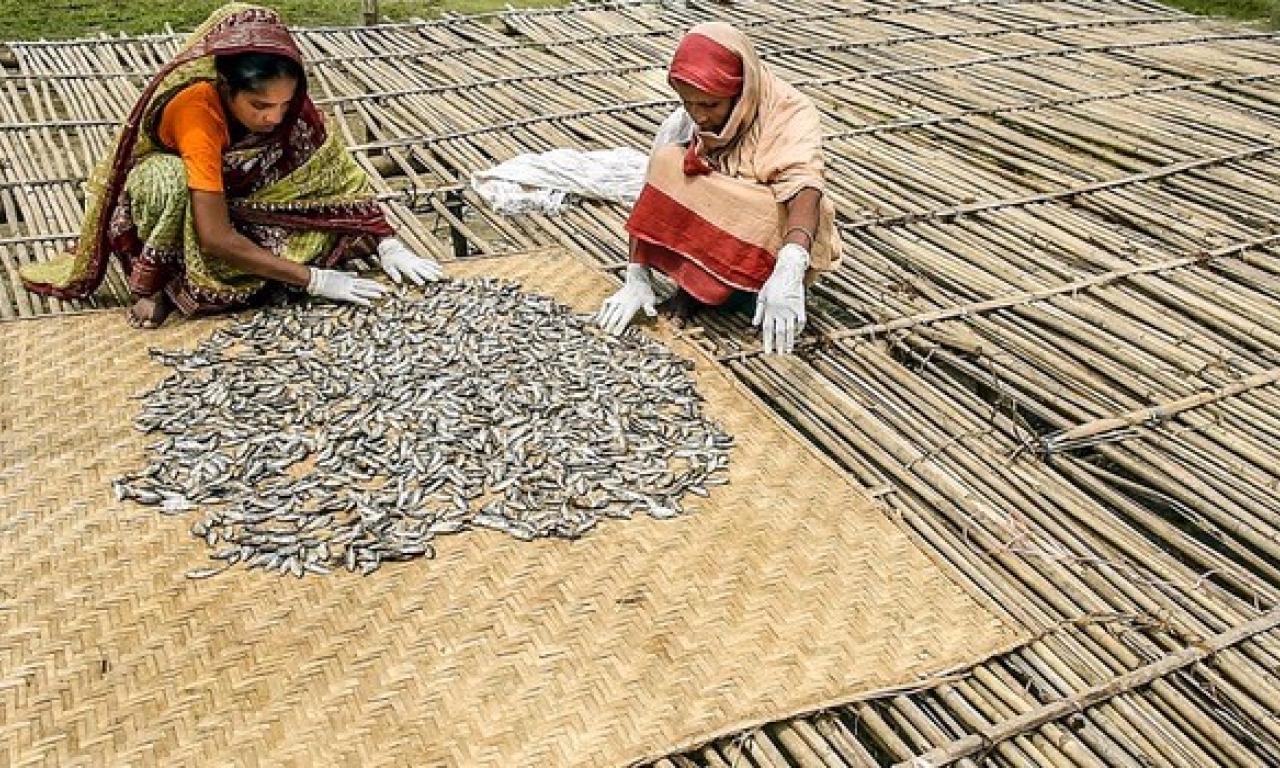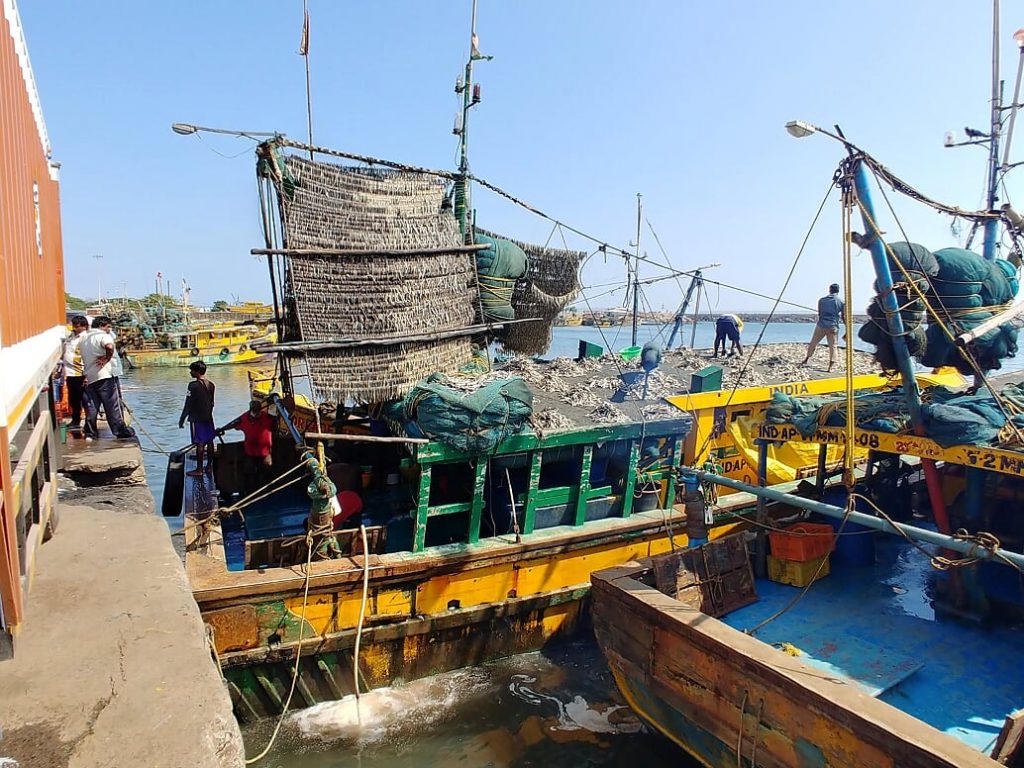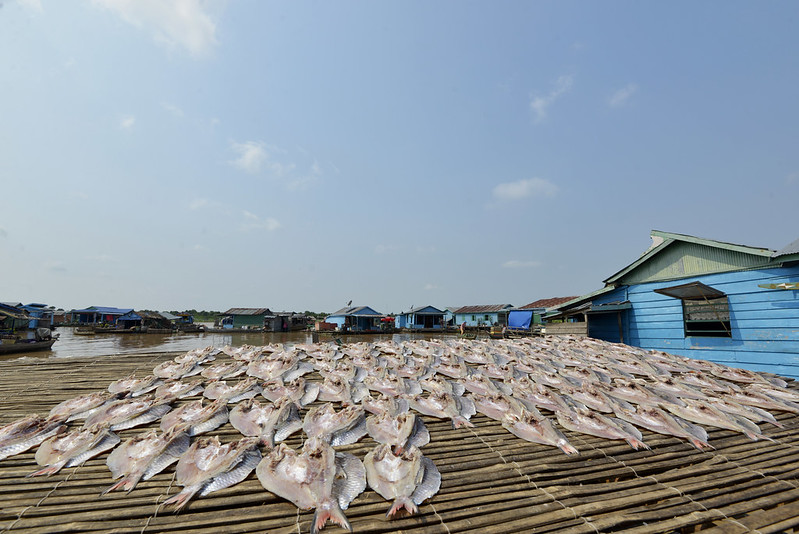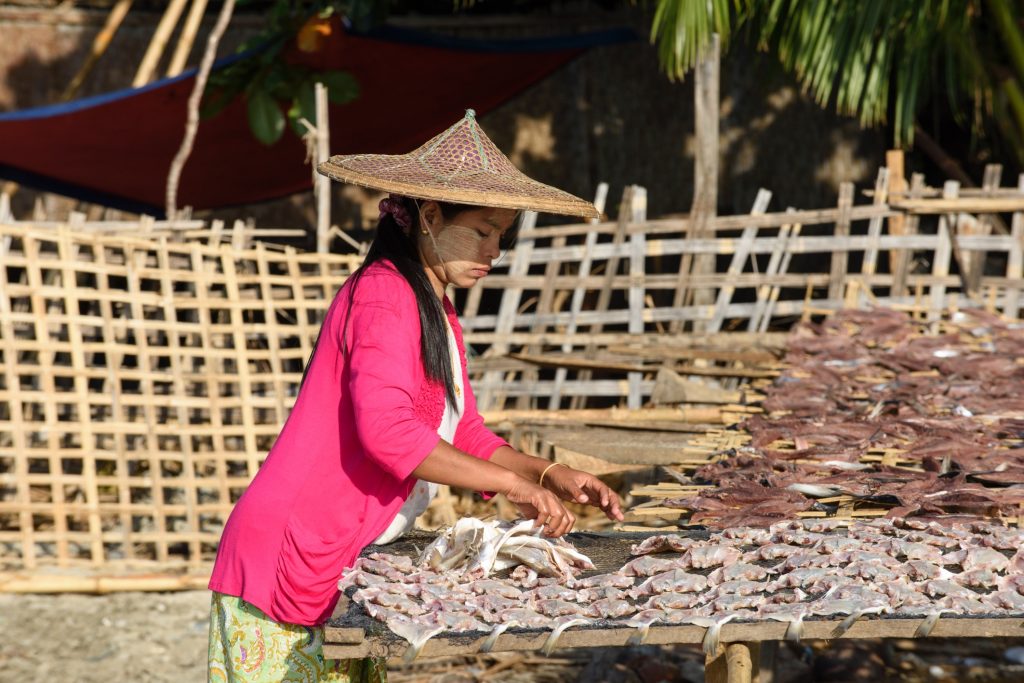
The COVID-19 pandemic illustrates powerfully and directly the degree to which globalization has created a world of interconnection. We are all struggling with the effects of the virus, but how well we are buffered in our struggles against those impacts varies dramatically by social and geographical position. The crisis is pulling back the veil on vulnerabilities in our economic mode of production while also reawakening discussions of the power of the state in moments of crisis. In many cases, we are seeing the mobilization of state apparatus to protect public health and to fend off immiseration.
The crisis has underscored how economic arrangements have a core function of sustaining populations. Essential services include those which give life. Health care, of course, is the most visible of these services, but the logistics of provisioning people with food is equally critical.

It is here, of course, where fisheries count. Fisheries are major players in international trade and thus the high circuits of capitalism, but fisheries are also key to food and nutrition security and population health. Fish is healthy food par excellence; on a per gram basis small fish in particular pack a greater nutritional punch than just about any other food.
The challenge with fish is perishability, hence the capital intensive cold chains that support the distribution of fish around the world.
Humans, however, have since ancient times used much simpler drying, fermenting, salting, and smoking techniques to address the perishability problem. Preservation in this way allows for the storage and long-distance trading of fish. These venerable low-cost techniques have the big advantage of permitting access to highly nutritious fish for poor and remote populations. Even small portions of dried fish used as a condiment can have an enormous impact on dietary diversity and food and nutrition security.
In the COVID-19 moment, dried fish point us to overlooked chains of economic interconnection. These chains are of enormous nutritional importance that should be a key part of directed responses to the crisis. Supporting dried fish economies provides the double benefit of underpinning food and nutrition security while also sustaining the livelihoods of the millions of small-scale economic actors who participate in dried fish value chains. This is a moment to support and improve small-scale and informal dried fish market chains, not to shut them down as has occurred in some instances.

Dried fish are portable, storable and affordable. They are a crucial source of food and nutrition security for the poor.
Programmatically, in this time of cascading health and economic crises, the Global South needs affordable and accessible food sources that do not require sophisticated food chains for their provisioning. Dried fish meet this need.
Governments and civil society actors should designate the dried fish sector as an essential industry and provide it, and the fisheries and value chain actors that sustain it, policy and financial protections and supports to allow it to fulfill its critical provisioning role. Such support should recognize not only the nutritional function of dried fish but also the many actors whose work sustains dried fish value chains. This is an opportunity to improve dried fish product quality and conditions of work of those who labor in the sector.
Specific recommendations:
- Develop mechanisms to assure continued supply of fish for drying;
- Develop and implement plans for fishing practices and harbor management that ensure worker safety through social distancing and related measures
- Support redirection of fish to dried fish chains when other normal market channels are blocked
- Strengthen the rights of access of local producers to their fishing grounds and water bodies
- Develop and implement plans for the safe rollout of processing operations through physical distancing and sanitary measures;
- Ensure the continued operation of dried fish supply chains following safe distancing and hygiene practices;
- Permit the continued operation of retail operations servicing the poor, with adjustments to minimize the risk of disease transmission;
- Develop alternative pathways for marketing fish that sustain livelihoods but protect the health of retailers and consumers, such as direct door delivery; and
- Step up efforts to integrate highly nutritious dried fish products into feeding programs for poor and vulnerable populations, including pregnant and lactating women and young children.

INGOs, bilateral donors, and Global North Civil Society organizations should recognize the critical life-sustaining role of dried fish (along with other essential agricultural sectors) in the provisioning of populations of the Global South in a time when there is a growing risk of widespread hunger due to the disruption of food-producing systems. Funds, logistical support, and expertise need to be marshaled by these actors to assist governments and partners in the Global South to underwrite the continued operation of the dried fish sector and its contributions to the nutritional and employment needs of poor populations.
Authors:
Derek Johnson Professor, University of Manitoba; Project Director, Dried Fish Matters
Shakuntala H. Thilsted, Research Program Leader, Value Chains and Nutrition, WorldFish
Benjamin Belton, Senior Scientist, WorldFish